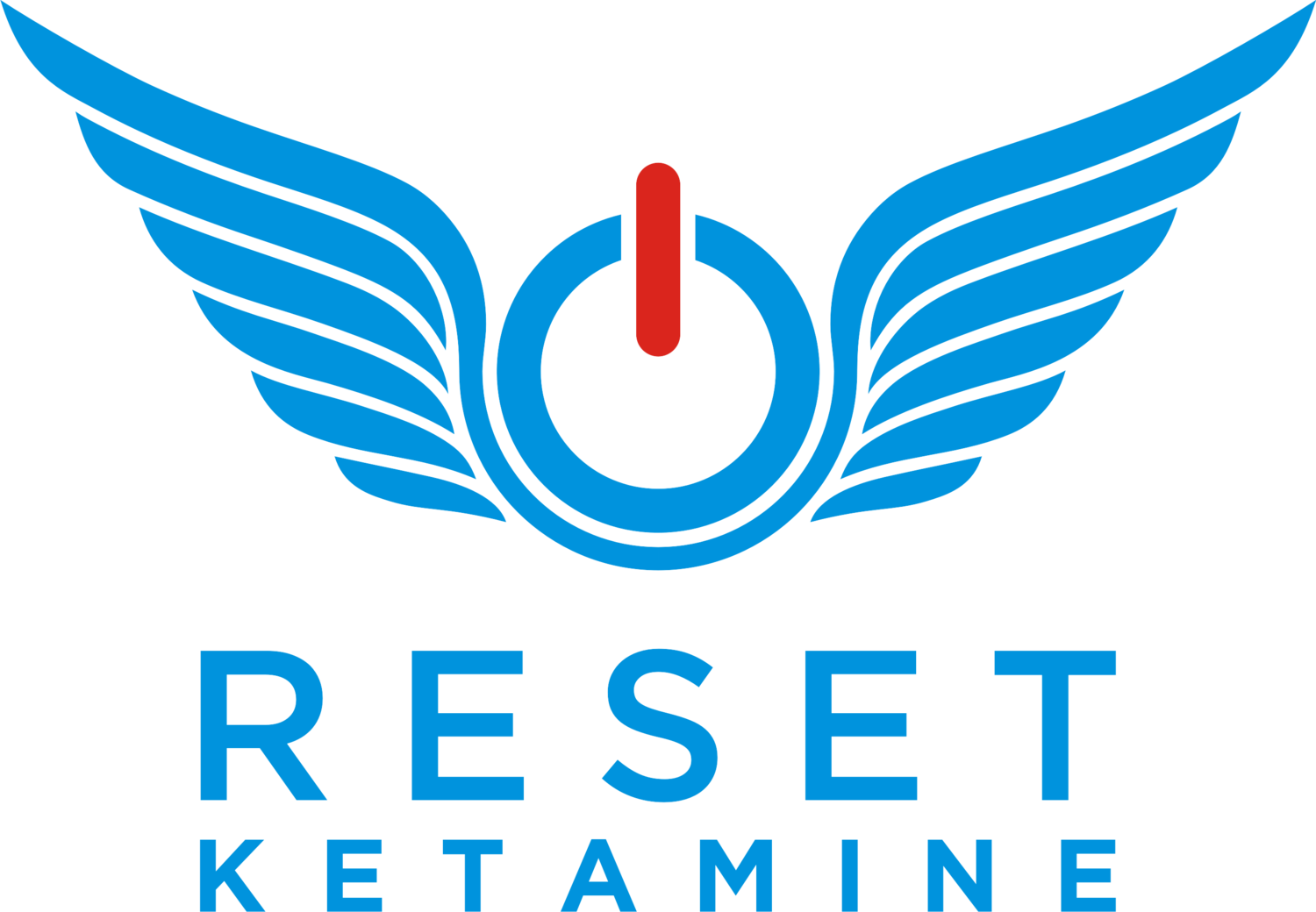Discover the history, chemistry, and benefits of racemic ketamine, plus its unique mechanisms for treating depression, anxiety, and chronic pain.
What Is Ketamine Infusion Therapy? From General Anesthetic to Mood Disorder Treatment
Ketamine the Legal Psychedelic: Its History And How It Works
Ketamine: A New Way To Change Your Mind Blog
The Roots of Reset Ketamine
Twenty years ago, I began my course work as a pre-medical student at Seattle University in Washington. During my time in college, I worked as a research technician at the University of Washington-Dept of Neurology studying neurosyphilis. To elucidate more about the bacteria, Treponema pallidum, I would perform a variety of procedures on laboratory animals to reduce their pain. By happenstance, the medication that I used regularly was ketamine! I didn’t think much of it at the time, but a seed had been planted.
A Brief History of Ketamine
The unique story of ketamine began in 1956 with the synthesis of the drug, phencyclidine. Found to be a remarkable anesthetic for monkeys, phencyclidine was then used on humans after numerous animal testings. Unfortunately, the side effects that researchers observed in some patients were concerning. Instead of waking peacefully from anesthesia, some patients experienced acute emergence delirium lasting hours after their operation was over. They described feeling sensory deprived and the loss of sensations in their limbs. Further studies concluded that phencyclidine produced a sensory deprivation syndrome.
The Bio-Psycho-Social-Spiritual Model of Medicine
At Reset Ketamine, we take a bio-psycho-social-spiritual approach to medicine. Dr. Ko's medical training is from the University of Rochester School of Medicine & Dentistry. This is where the biopsychosocial model was founded. For example, when someone comes in with chest pain, we’re not only looking at the organic or biological causes of chest pain, i.e heart attacks, pneumothorax, aortic dissection, fractures, pneumonia, costochondritis, etc.








